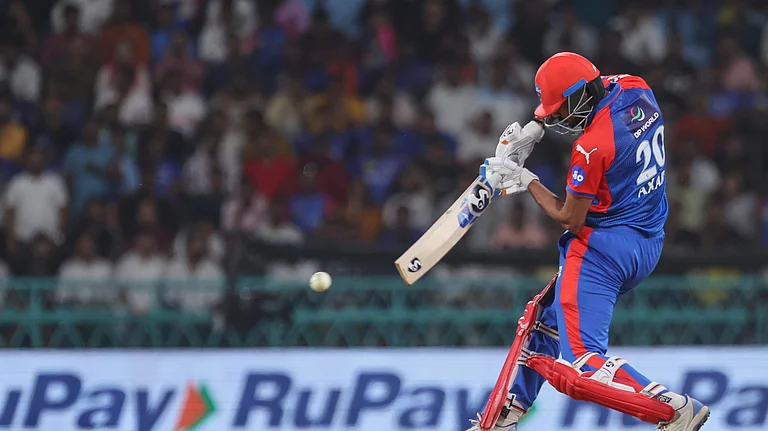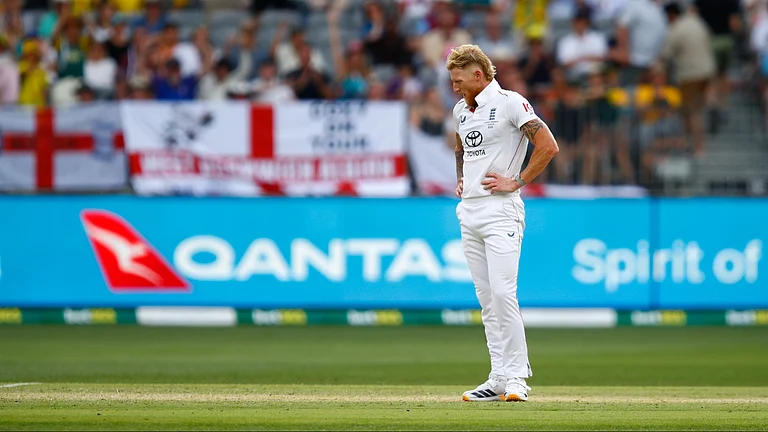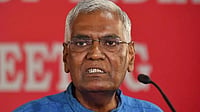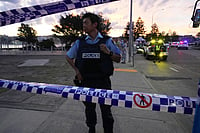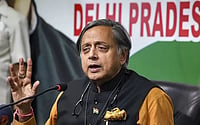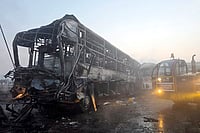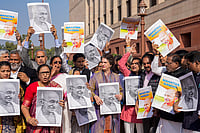Then came January 17, 1996. The setting: the court of Shiv Narain Dhingra, additional sessions judge. Satnami Bai, an ayah at Delhi's Lok Nayak Jai Prakash Narain Hospital, narrates how her husband was killed in front of their house in Block 32, Tirlokpuri, west Delhi, on November 1, 1984. She says that Bhagat instigated his cohorts, who executed the task while she watched in horror, her five-year-old daughter in her arms. She mentions Budh Prakash Kashyap, a local Congress leader at the time, as a participant in the act. The judge orders that Kashyap (who is present in court in connection with another case) be taken into custody immediately and that Bhagat be served a non-bailable warrant through the Delhi police riot cell. He adds that he wants Bhagat produced in court by January 24.
This dramatic burst of orders, in a case long overtaken by history, came with a rationale. Dhingra had to emphasise that though Bhagat and Kashyap were not named in the FIR and cognisance of the offence was not taken at the time of committal, the court is empowered under Section 219 of the Criminal Procedure Code to summon any accused person against whom evidence is unearthed during the course of the trial. Four others are already on trial in the case.
The effect of Satnami's testimony and the judge's decision was instantaneous. Hope returned to Tilak Vihar, the colony on the fringes of west Delhi where the riot victims were resettled. Satnami Bai's response is unequivocal: "Now they must be hanged. Nothing else will satisfy me. I've suffered so much that I have lost the capacity to forgive."
She goes back to that day in 1984. "My husband, Mohan Singh, was a poor autorickshaw driver who was never involved in any politics. They dragged him out of the house, hit him on the head with an iron rod, sprinkled petrol on him and burnt him alive." She adds that "Bhagat and his cronies must not be allowed to get away". The other riot widows agree.
Bhagat, on his part, is screaming foul. He claims that the charges are "fabricated and politically motivated", engineered by Delhi Chief Minister M.L. Khurana and a section of the Akalis. "It's a pack of lies. Why did this woman keep quiet for 12 years and then suddenly decide to come up with this story? Why didn't she give my name to any of the numerous commissions that have probed the 1984 riots?" he asks.
Satnami's stand is that January 15—the day she gave her initial testimony before the lower court—was the first time after the riots that followed the Indira Gandhi assassination that she lodged a complaint. "When the army took me and my daughter to the riot victim camp in the first week of November 1984, a policeman took down all the details and said he'd registered my com-plaint. Over the past 12 years, I thought my complaint was being processed along with all the others and I had no time to follow it up on my own. I was busy eking out a living and bringing up my daughter. It's only a few months ago that I realised my complaint wasn't even registered. That's when I decided to approach the courts," she says.
Satnami denies she ever filed affidavits before the Ranganath Mishra Commission and the Jain-Bannerjee Commission, or that she was examined by the Jain-Aggarwal Committee. "How can this be true? How could I mention Bhagat as one of the rioters in my earlier testimonies when not a single sarkari commission ever spoke to me?" she asks.
Local Sikh leaders point out that even the Government has counted 1,850 riot widows. Many of them are from Tirlokpuri's Block 32, one of the worst-hit areas. And many allege Bhagat's wife also participated in the riots. "Ask anybody in Block 32 whether they saw Bhagat's wife sitting in an open vehicle while the murder and loot was going on," says one of them.
For Bhagat—whose lawyers have moved the Delhi High Court to "quash the lower court order and stay the proceedings before it"—the development comes at a particularly bad time. He has been marginalised in his former fiefdom, the Congress' Delhi unit. Once the "uncrowned king of Delhi", his influence with the high command amounts to nothing these days. And even his aides concede that with the general elections around the corner and the Congress looking for Sikh votes, an enfeebled Bhagat may just be "sacrificed" to assuage the feelings of the community if Satnami's charges stick.
Still, Bhagat does retain the support of a core group which is extremely agitated at the court summons. And, rather ominously, they recall how a CBI team which had attempted to arrest Congress MP Sajjan Kumar a few years ago for his alleged involvement in the riots was thrashed by his men as an example that may be worth emulating. "It's natural," says Bhagat, his diminished stature brought out in sharp relief by the two couple of die-hard supporters flanking him. "When an innocent man is unjustly accused, the anger will be there. They're insisting they won't let the police arrest me but I've been trying to calm them down."
As far as the summons is concerned, Bhagat is banking on the high court to bail him out. "If it's required by law, I will appear before the court," he says. Have the police got in touch with him? "No. Why should they? In any event, they won't come here, to my house, till January 24. And the high court should have decided one way or the other by then." And that also buys him time to try out some desperate political measures. For one, he has been trying to gather his dwindling flock. He has also thrown his weight—for whatever it's worth—behind the unity moves within the Congress in the hope that Sonia Gandhi will agree to "guide the party and the nation". For, he realises more than anyone else that the current dispensation has not much use for him.







